Description
What is Xylocaine Topical?
Xylocaine Topical refers to the topical formulations of lidocaine, a local anesthetic commonly used to numb the skin and mucous membranes to alleviate pain. Lidocaine works by blocking the conduction of nerve impulses in the area where it is apply. Xylocaine Topical is use in a variety of medical situations to provide temporary relief from pain and discomfort without affecting the whole body, making it a safe and effective option for treating localize pain.
How Does Xylocaine Topical Work?
Xylocaine Topical contains lidocaine, a sodium channel blocker. When applied to the skin or mucous membranes, lidocaine inhibits the flow of sodium ions through nerve cells, preventing the propagation of nerve impulses.This makes it an ideal choice for procedures or treatments that require temporary numbing without the need for more invasive methods like injections or general anesthesia.
Benefits of Xylocaine Topical
- Effective Pain Relief:
- The primary benefit of Xylocaine Topical is its ability to provide localized pain relief.
- Minimal Systemic Effects:
- Because Xylocaine Topical is use locally, it has minimal systemic absorption, meaning it mainly affects the site of application. This reduces the risk of side effects that are often associate with oral medications or inject anesthesia.
- Non-Invasive:
- Xylocaine Topical provides numbing without the need for more invasive procedures like injections or general anesthesia. This makes it a less invasive and more comfortable option for pain management.
- Quick Onset of Action:
- The effects of Xylocaine Topical are usually felt within 5 to 15 minutes of application. This rapid onset makes it effective for immediate pain relief during medical procedures or for everyday discomfort.
- Wide Range of Applications:
- The topical gel, cream, or ointment form of Xylocaine can be used for a broad range of conditions, from minor skin irritations to pre-surgical anesthesia, making it versatile.
Side Effects of Xylocaine Topical
While Xylocaine Topical is generally considered safe when used as directed, some side effects may occur. Common and rare side effects include:
- Common Side Effects:
- Skin Irritation: Mild redness, burning, or itching at the site of application are the most common side effects. These reactions are usually mild and subside after the medication is removed.
- Dryness: Some people may experience skin dryness at the application site.
- Serious Side Effects:
- Allergic Reactions: Although rare, some individuals may experience allergic reactions to Xylocaine Topical, including swelling of the face, lips, tongue, or throat, hives, or difficulty breathing. These reactions require immediate medical attention.
- Methemoglobinemia: Rarely, lidocaine can cause a condition called methemoglobinemia, which reduces the blood’s ability to carry oxygen. Symptoms include bluish discoloration of the skin, shortness of breath, and fatigue. Seek immediate medical attention if any of these symptoms occur.
How to Use Xylocaine Topical
- Clean and Dry the Area:
- Before applying this Topical, make sure the area is clean and dry. This helps improve the effectiveness of the medication.
- Apply a Thin Layer:
- Xylocaine Topical should be applied as a thin layer to the affected area. Avoid over-application, as excessive amounts may increase the risk of systemic absorption and side effects.
- Massage Gently:
- Gently rub the product into the skin to ensure it is evenly distributed. Avoid massaging too vigorously, which could lead to irritation.
- Wash Hands After Use:
- After applying thisTopical, wash your hands thoroughly, unless you are applying the gel to the hands. This is to avoid accidental contact with the eyes or mucous membranes.
- Wait for Numbing Effect:
- The numbing effect of this Topical typically starts within 5 to 15 minutes of application. Wait for full effectiveness before engaging in activities that may cause discomfort, such as eating, drinking, or participating in a medical procedure.
Precautions and Warnings
- Allergic Reactions:
- Individuals who are allergic to lidocaine or other local anesthetics should not use this Topical. Always inform your doctor if you have any history of allergies to medications.
- Pregnancy and Breastfeeding:
- This Topical is generally consider safe during pregnancy and breastfeeding, but it is always best to consult your healthcare provider before using it during these periods.
- Heart and Liver Conditions:
- If you have a history of heart disease, liver disease, or other significant health issues, consult your doctor before using this Topical.
- Avoid Contact with Mucous Membranes:
- Unless direct by a healthcare provider, thisTopical should not be apply to the eyes, mouth, or other mucous membranes, as it may cause irritation.
Conclusion
Xylocaine Topical is an effective and widely used local anesthetic that provides temporary pain relief for a range of conditions, including skin irritations, minor surgical procedures, and mucous membrane conditions. With its ability to provide localized numbing without the need for injections or oral medications, it offers a non-invasive and convenient option for pain management.

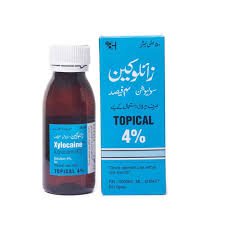
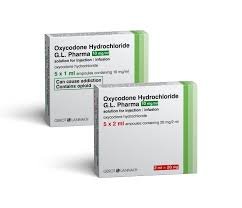
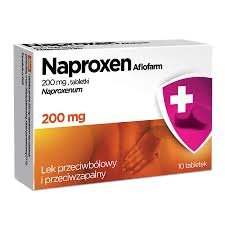
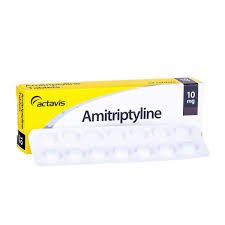
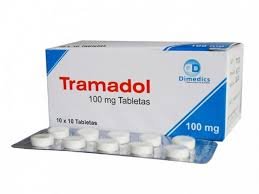
Reviews
There are no reviews yet.